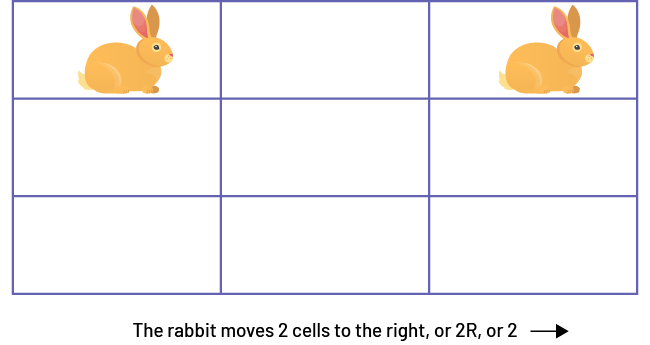E1.5 Give and follow directions for moving from one location to another.
Skill: Giving and Following Directions for Moving Locations
Children gradually recognize the way to get from home to school. For example, they notice a certain business located near their home or a certain restaurant near their babysitter's house. Using these benchmarks, the children can situate themselves and move around in their environment.
Communication, modelling, and storytelling should be used to facilitate the learning of spatial relationship skills. For example, when acting out a story such as Goldilocks and the Three Bears, students can use spatial terms to describe movement (for example, Goldilocks sits on the big chair, and then walks six steps right over to the bed). Teachers can then use the classroom or school as a reference point to create increasingly complex scenarios
In Grade 1, students can also describe moves in a grid using four directions: right, left, up, and down. Students can describe one move at a time, based on distance and direction, using words or symbols (numbers).
Example

Source: translated from Guide d’enseignement efficace des mathématiques de la 1re à la 3e année, Géométrie et sens de l'espace, p. 58-60.
